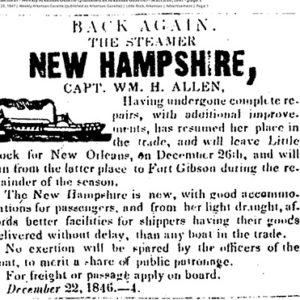 New Hampshire Steamboat Ad
New Hampshire Steamboat Ad
Entry Type: Event
 New Hampshire Steamboat Ad
New Hampshire Steamboat Ad
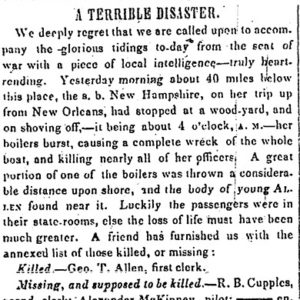 New Hampshire Steamboat Article
New Hampshire Steamboat Article
New Madrid Earthquakes of 1811-1812
Newman, William (Execution of)
 Newport Fire
Newport Fire
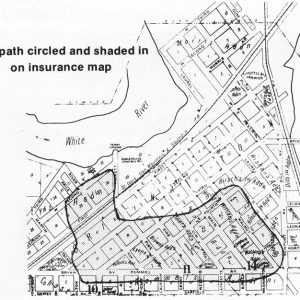 Newport Fire Map
Newport Fire Map
Newport Fire of 1926
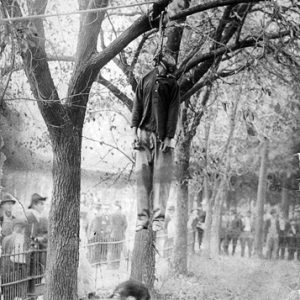 Newport Lynching
Newport Lynching
Newton County Draft War
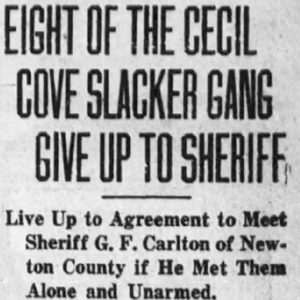 Newton County Draft War Article
Newton County Draft War Article
Newton, Lee (Lynching of)
 Lee Newton Lynching Article
Lee Newton Lynching Article
Niagara and Post Boy, Collision of
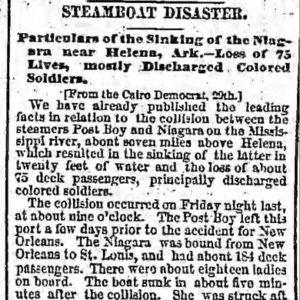 Niagara Disaster Story
Niagara Disaster Story
 Niagara Disaster Story
Niagara Disaster Story
 Nick Wall Steamboat Article
Nick Wall Steamboat Article
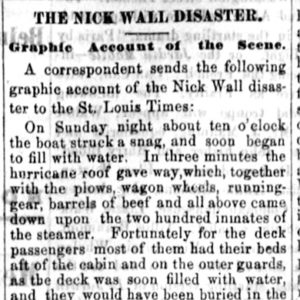 Nick Wall Steamboat Article
Nick Wall Steamboat Article
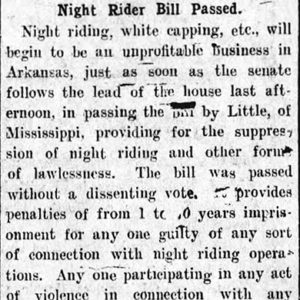 Night Rider Bill
Night Rider Bill
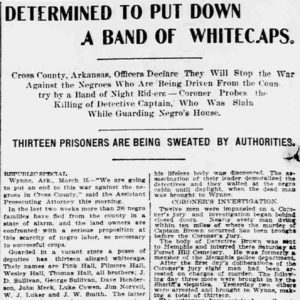 Night Riders Article
Night Riders Article
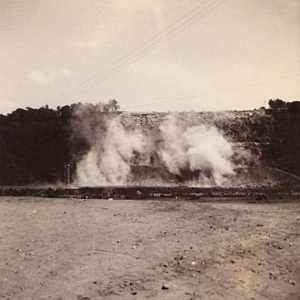 Norfork Dam Construction
Norfork Dam Construction
 Norman Lynching Article
Norman Lynching Article
Norman, Will (Lynching of)
Norristown, Skirmish at (May 19, 1864)
Norristown, Skirmish at (September 6, 1864)
 North Fork River Bridge
North Fork River Bridge
 North Little Rock Flood
North Little Rock Flood
 North Little Rock Flood
North Little Rock Flood
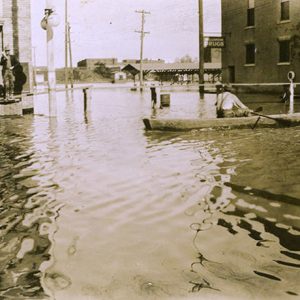 North Little Rock Flood
North Little Rock Flood
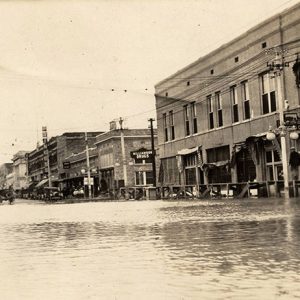 North Little Rock Flood
North Little Rock Flood
Northern Arkansas, Scout in
Norwood, Robert (Lynching of)
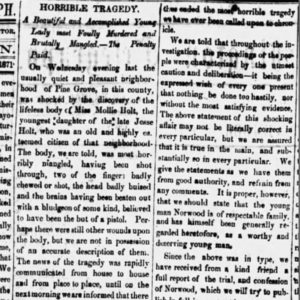 Robert Norwood Lynching Article
Robert Norwood Lynching Article
 Robert Norwood Lynching Article
Robert Norwood Lynching Article
 Oaklawn Reopening
Oaklawn Reopening
 Oats Lynching Article
Oats Lynching Article
Oats, Presley (Lynching of)
Oil Town Festival
Oil Trough Bottom, Skirmish at
Okolona, Skirmishes at
aka: Battle of the Bees
Old Folks’ Singing
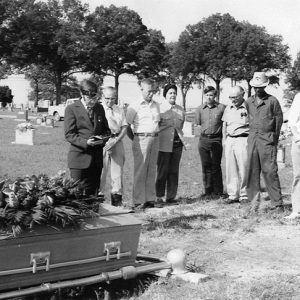 Old Mike's Funeral
Old Mike's Funeral
 Old Post Park
Old Post Park
Old River Lake, Engagement at
aka: Engagement at Ditch Bayou
aka: Engagement at Lake Chicot
aka: Engagement at Lake Village
aka: Engagement at Furlough
aka: Engagement at Fish Bayou
aka: Engagement at Grand Lake
Oliver, Dan (Lynching of)
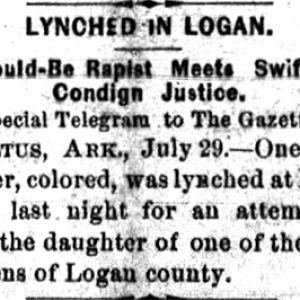 Dan Oliver Lynching Article
Dan Oliver Lynching Article
Olyphant Train Robbery
 Operation Dominic
Operation Dominic
Operation Iraqi Freedom
 Operators Strike Article
Operators Strike Article




